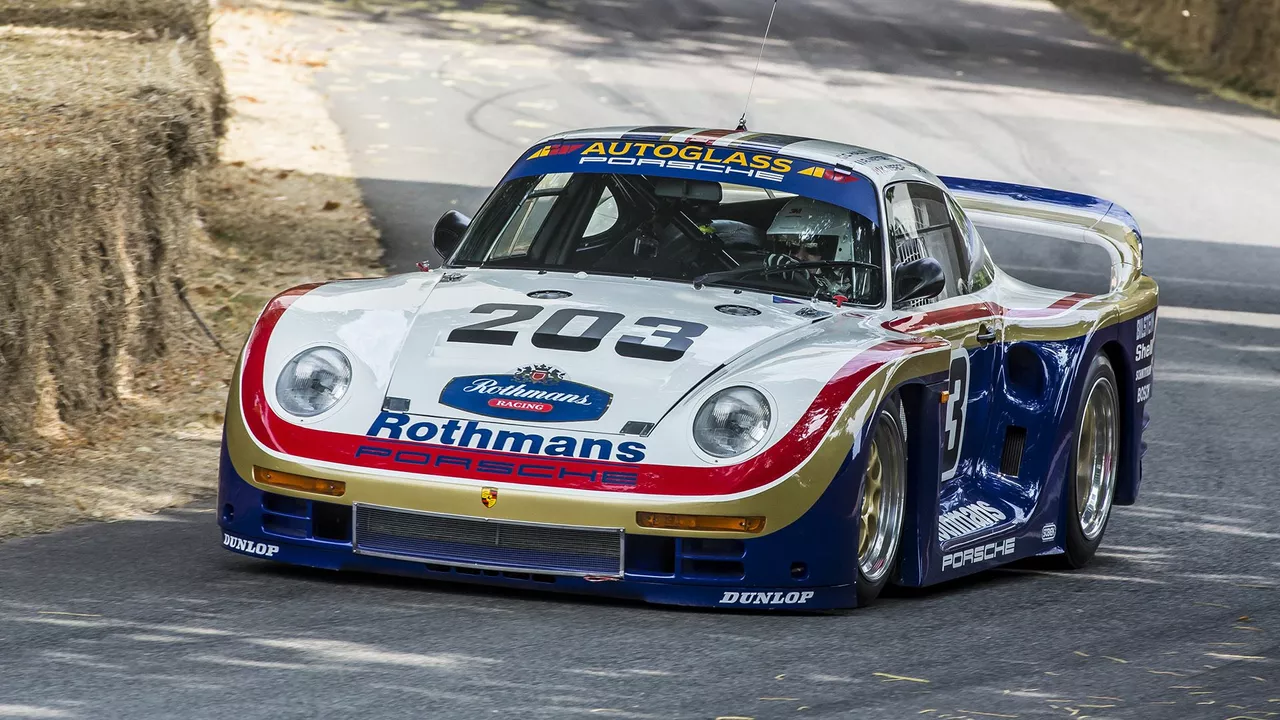Why do drivers run to their cars in Le Mans?

Why do drivers run to their cars in Le Mans?
In this article, we will explore the reasons behind the iconic tradition of drivers running to their cars at the start of the 24 Hours of Le Mans race. We will dive into the history of this unique event, discuss its impact on the race, and analyze how the tradition has evolved over time.
The Origins of the Le Mans Start
The running start, also known as the "Le Mans Start," dates back to the very beginning of the 24 Hours of Le Mans race in 1923. The race's founder, Georges Durand, wanted to create a unique and challenging competition that would test not only the speed and endurance of the cars but also the drivers themselves.
To accomplish this, Durand devised a unique starting procedure where the drivers would have to sprint across the track, jump into their cars, and start the engines before taking off. This not only added an element of excitement to the race but also served as a test of the drivers' physical fitness and agility.
Testing Driver Endurance and Skill
The Le Mans Start was designed to test the drivers' endurance and skill, in addition to their vehicles' performance. As the drivers sprinted across the track, they had to quickly assess the condition of their cars, start the engines, and begin the race without assistance from their crew.
This required drivers to be in peak physical condition and to possess excellent reflexes and coordination. The mad dash to the cars also added an element of unpredictability to the race, as drivers had to contend with the chaos of other competitors trying to reach their vehicles at the same time.
Adding Excitement for Spectators
The running start also added an element of excitement for the spectators who gathered to watch the race. The sight of drivers sprinting across the track and leaping into their cars created a thrilling atmosphere that drew in crowds and helped to establish the 24 Hours of Le Mans as one of the premier motorsport events in the world.
The Le Mans Start became a symbol of the race, and its unique format helped to set it apart from other endurance competitions.
The Evolution of the Le Mans Start
Over the years, the Le Mans Start has evolved to adapt to changes in technology and safety regulations. In the 1960s, the running start was modified to allow drivers to start their engines remotely, eliminating the need for them to manually crank the engines before setting off.
Later, in the 1970s, the format was changed again, with drivers now starting the race from a seated position inside their cars. This change was made in response to concerns about the safety of the running start, as drivers were at risk of injury while sprinting across the track and jumping into their vehicles.
The End of the Le Mans Start
In 1970, the traditional Le Mans Start was replaced with the more familiar rolling start, in which the cars begin moving in formation before the race officially begins. This change was made primarily for safety reasons, as the running start had become increasingly dangerous in the high-speed world of modern motorsports.
Despite the end of the running start, the spirit of the Le Mans Start lives on in the form of the "Le Mans-style" starts used in some other endurance races, where drivers must quickly enter their cars and buckle up before setting off.
Le Mans Start: A Lasting Legacy
Although the traditional Le Mans Start is no longer used in the 24 Hours of Le Mans race, its legacy lives on in the world of motorsports. The iconic image of drivers sprinting across the track to reach their cars remains a symbol of endurance racing and a testament to the spirit of competition that has always been at the heart of the 24 Hours of Le Mans.
The Le Mans Start may be a thing of the past, but its impact on the world of racing and the enduring challenge and excitement of the 24 Hours of Le Mans race will never be forgotten.
